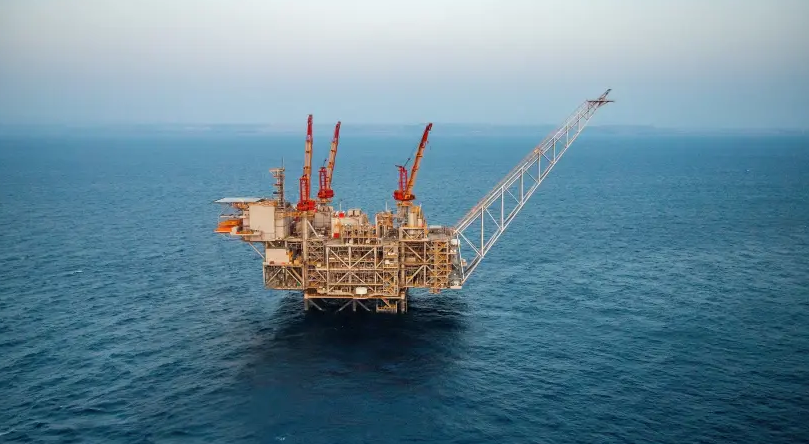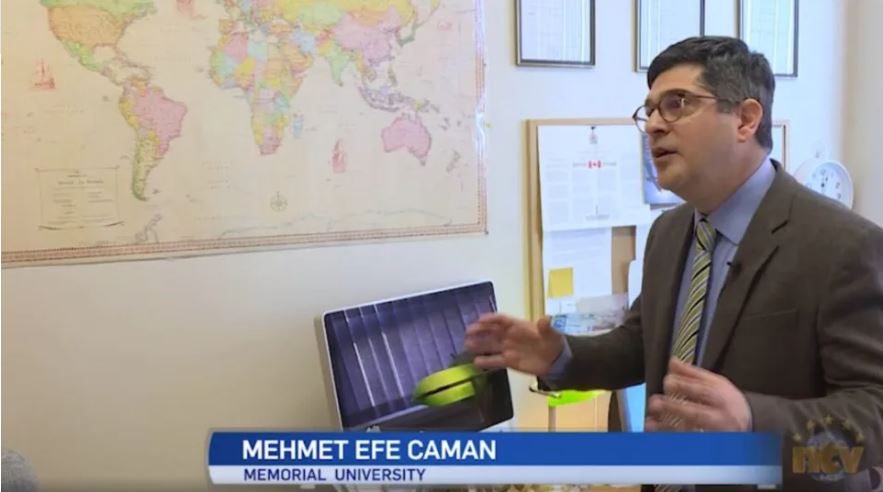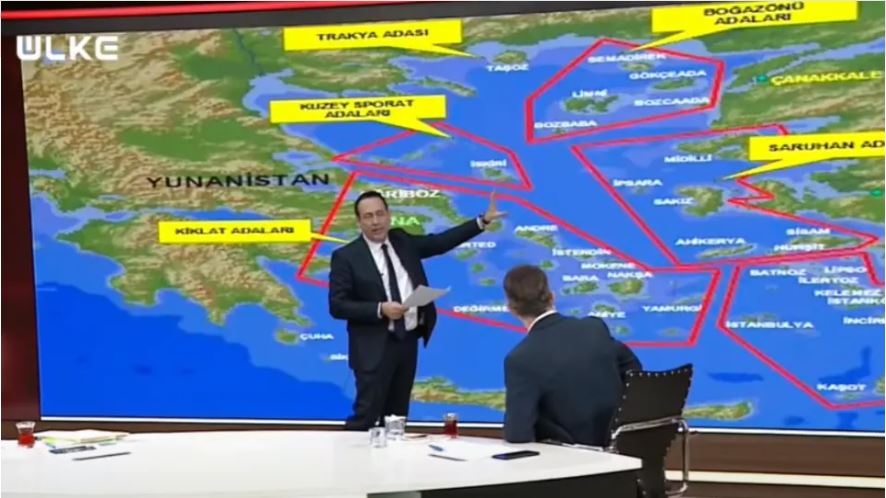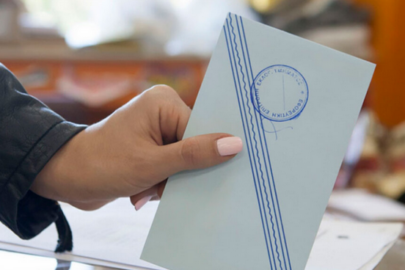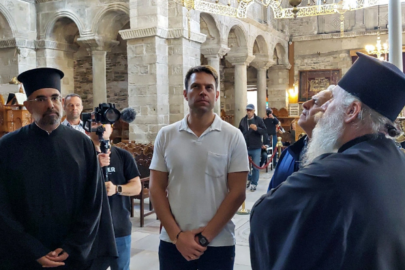Aggression by Turkey’s military appears to be on the rise in Cyprus — in areas it does not yet occupy. According to the Cypriot media, on February 8, Turkish soldiers approached Greek Cypriot farmers working in fields near the village of Denia in the United Nations “Buffer Zone,” and threatened to kill them if they did not leave.
The Turkish soldiers threatened the Greek Cypriot farmers about ten days after Turkey “slammed” the UN for extending its Cyprus peacekeeping mandate.
When the UN Security Council approved a six-month extension of the UN Peacekeeping Force in Cyprus (UNFICYP) on January 27, 2022, the government of Turkey was not pleased. They condemned the UN decision on the grounds that the UN had not received “the consent of the Turkish Republic of Northern Cyprus (TRNC)”, an illegal entity recognized only by Turkey.
“Reiterating that Turkey supported the TRNC’s condemnation of the U.N. resolution on the extension, the statement said that Ankara will fully back the steps the [TRNC] administration chooses to take in this regard,” the Turkish newspaper Daily Sabah reported.
To accompany its news report, Daily Sabah published an aerial photo of the “flag” of the TRNC next to a quote by the founder of Turkey, Mustafa Kemal Ataturk that reads (in Turkish): “Happy is the one who says ‘I am a Turk'”. The “flag” had been painted on the Kyrenia mountain range, north of Nicosia, in Turkish-occupied northern Cyprus.
The Turkish presence in Cyprus dates back to 1570: Ottoman troops invaded and plundered the island. Thousands were murdered, many churches were converted into mosques, and some Muslims from Anatolia were transplanted to Cyprus. In 1878, Britain assumed administration of Cyprus; in 1914, it annexed Cyprus, which became an independent republic in 1960. Britain, Greece and Turkey became guarantors of the constitution and territorial integrity of the Republic of Cyprus under the 1960 “Treaty of Alliance“. Fourteen years later, however, Turkey would violate the treaty and commit an ethnic cleansing there.
So, how did that “Turkish flag” end up on the Kyrenia mountain range?
Turkey is committing Cultural Genocide in Cyprus – Analysis
Noted for its historic harbor and castle, Kyrenia is a Greek Cypriot city built by the ancient Greeks, who were named Achaeans. Since the 1974 Turkish invasion, however, Kyrenia has been under unlawful Turkish occupation and the city’s population consists now almost completely of illegal settlers from Turkey, who were allocated properties stolen from Greek Cypriots. The city — like the rest of the Turkish-occupied part of Cyprus — is now controlled by the TRNC, which is not recognized by international law.
Turkey’s massive military invasion against Cyprus in 1974 was purportedly meant to restore constitutional order after a Greek coup, which lasted for less than a week. Turkey’s actions, on the other hand, indicated that their goal had actually been ethnic cleansing and colonization. Until the 1974 invasion, the northern part of Cyprus – like the rest of the island – had been majority-Greek. The Turkish invasion forcibly changed that. Today, more than 40,000 Turkish troops are illegally stationed in the occupied area. The indigenous Greek Cypriot residents have never been allowed to return and reclaim their homes and lands.
Read more: Gatestone Institute



